Explore Kenya’s Ancient Thimlich Ohinga Historic Site In 2026
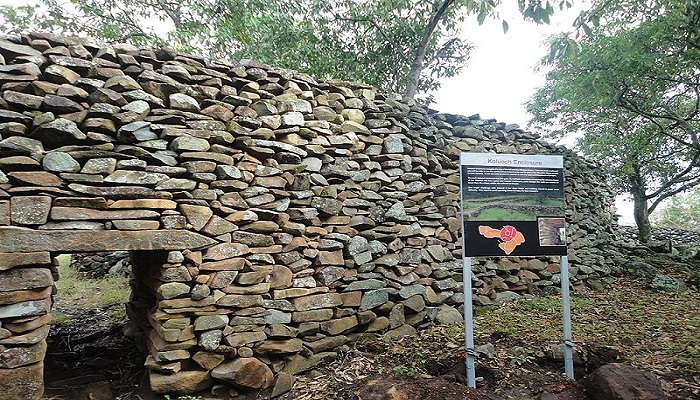
Thimlich Ohinga historic site is nestled in the pristine landscapes of western Kenya. This is an ancient archaeological site steeped in mystery and historical significance. It is a stone enclosure believed to have been built almost 500 years ago by the Luo Community. This place is a testament to the early era of African Civilization and architectural prowess. Thimlich Ohinga has stoned walls and concentric structures. It doesn’t only serve as a defensive fortification but also as a community centre. The place altogether was a symbol of communal identity, too. It offers visitors a glimpse into Kenya’s rich heritage.
History Of Thimlich Ohinga
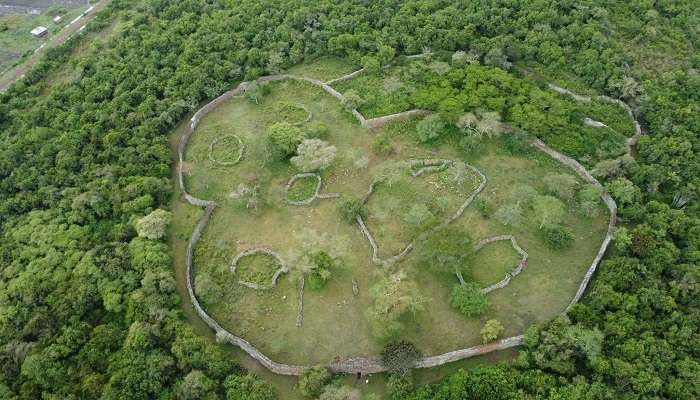
This archaeological site is located near the shores of Lake Victoria in western Kenya. The site is believed to have been built between the 14th and 16th Centuries. The place consists of a series of dry-stone walls and settlements. These walls are enclosed, encompassing an area of about four hectares. Scholars believe that the ancestors of the Luo Community built Thimlich Ohinga, a Nilotic ethnic group that migrated to this place from the Sudanese plains. The purpose for constructing such a settlement remains a scholarly debate. It was where communal activities such as trade, religious ceremonies and governance might have taken place. This setting has been a UNESCO World Heritage Site since 2018. The site’s name, when translated from the Luo language, means ‘frightening dense forest’, reflecting its original location amidst thick vegetation. Glass and pottery archaeological findings indicate the place’s connection with distant trading networks. Thimlich Ohinga reflects pre-colonial African societies and their cultural practices.
Must Read: Honeymoon In Kenya
Places To Visit Near Thimlich Ohinga Historic Site
Several intriguing places are found at a distance from the Thimlich Ohinga Historic Site. Visitors can explore these sites that offer a blend of natural beauty and cultural heritage.
1. Lake Victoria
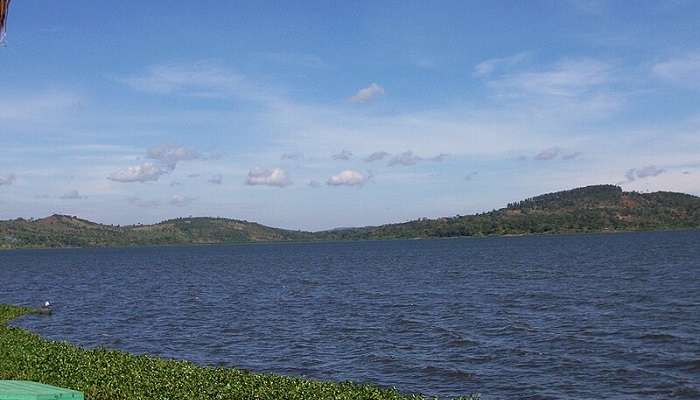
Lake Victoria is the largest tropical lake in the world and is visited by both locals and tourists in Kenya. On the shores of Lake Victoria lies this dry-stone walled settlement called Thimlich Ohinga which is a notable attraction. This lake is situated in close proximity to the archaeological site. This is a significant natural landmark not just in the country of Kenya but in entire East Africa. Visitors can explore the shores of the lake or simply relax by the water. The lake offers several engaging activities such as boat rides, fishing and birdwatching. Locals are often seen having a leisurely walk on this bank.
Location: Lake Victoria, Migori, Nyanza Kenya
Distance From Thimlich Ohinga: 18 km
2. Kit Mikayi Rock Formation
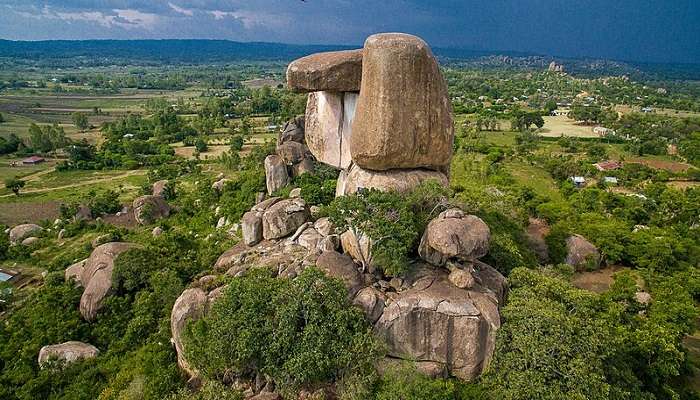
Kit Mikayi is a massive rock formation that is a must-visit for all visitors visiting Thimlich Ohinga. This place is at a bit of a distance from Thimlich Ohinga and is revered by the local Luo Community as well. When we translate the meaning of Kit Mikayi, the name says ‘The Stone Of The First Wife’. This place holds cultural and historical significance. Kit Mikayi offers massive landscape views and a serene environment that needs to be witnessed at any cost. The stunning broad vistas surrounded by lush green terrains are too captivating to be ignored. Small caves and a shrine are situated nearby where local rituals and ceremonies are performed.
Location: Kisumu Bondo Road, Kisumu County, Western Kenya
Distance From Thimlich Ohinga: 180 km
Suggested Read: Kenya In August
3. Kisumu Impala Wildlife Sanctuary
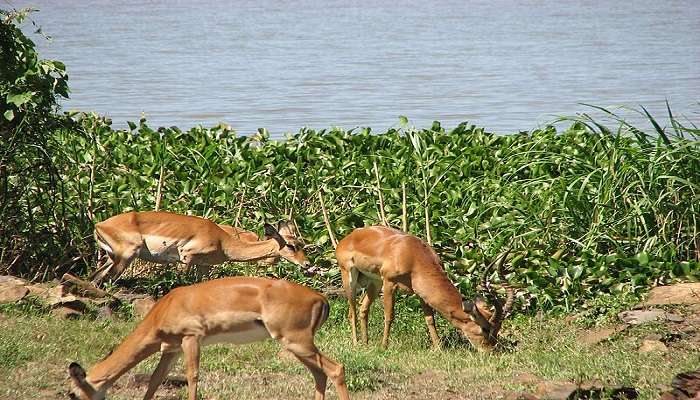
Kisumu Impala Wildlife Sanctuary is located in Kisumu City along the shores of Lake Victoria. It offers visitors a unique wildlife experience in the bustling setting of a city. The sanctuary spans over 38 hectares of land. The land is primarily a savannah grassland that provides a natural habitat for the resident animals. The sanctuary is home to numerous species such as zebras, giraffes, ostriches and several bird species that often migrate to this region during winter. It plays a crucial role in wildlife conservation and education particularly raising awareness about the importance of protecting Kenya’s natural heritage.
Location: Kisumu Impala Wildlife Sanctuary, Shauri Moyo Primary School, Harambee Rd, Kisumu, Kenya
Distance From Thimlich Ohinga: 160 km
Architecture Of Thimlich Ohinga Historic Site
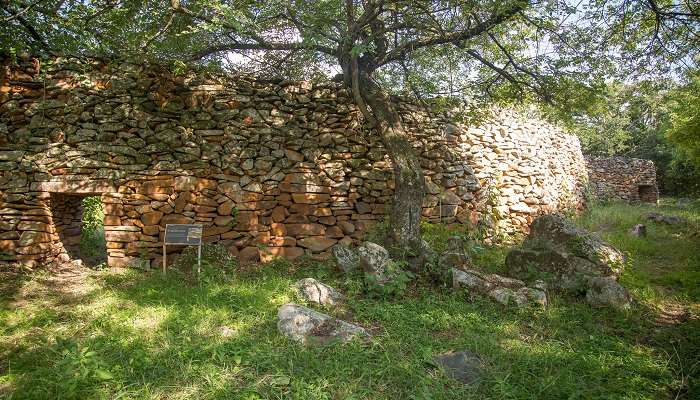
The architecture of Thimlich Ohinga reflects how the Luo Community specifically designed this stoned settlement that captivates visitors in the area. The walls of this settlement have stood the test of time for ages. The most striking feature of this site is the dry-stone fixing method where no mortar or cement was used to fix the stones. The stones are arranged in layers to form concentric circles. The entrance to this place is strategically kept and designed to control access. It is kept narrow making it difficult for the animals to rush in.
Numerous artefacts such as pottery shards and grinding stones talk about the lifestyle of the inhabitants of this area. The architecture of Thimlich Ohinga embodies the communal values of the Luo people who built it. Its designation as a UNESCO World Heritage Site showcases its importance in preserving Kenya’s culture.
Suggested Read: Masai Mara National Park
Local Cuisine

The cuisine around Thimlich Ohinga reflects the rich culinary traditions of the Luo Community. It offers a delightful experience of numerous dishes.
Omena: Also known as Dagaa, Omena is a small silverfish served for dinner. They are sun-dried and then either fried or boiled. It is served as a side dish with vegetables.
Ugali and Sukuma Wiki: Made from maize flour baked to a thick dough-like consistency, Ugali is a staple meal around the Thimlich Ohinga Historic Site. Sukuma Wiki, sautéed collard greens with onions and tomatoes, is eaten alongside this.
Fish Stew: Fish Stew is often made with tilapia or Nile Perch which is a flavourful dish cooked in a tomato-based sauce with onions, garlic and various spices. It is served with Ugali or rice.
Nyoyo: This dish is made from boiled corn and beans. They are cooked until tender and seasoned with salt. It is enjoyed as a staple food in many households in the region.
Further Read: Hotels In Kenya
Thimlich Ohinga not only stands as a collection of stoned walls and settlements but also as a living testament to the integrity and communal spirit of ancient African Civilizations. Its presence in the western landscape of Kenya underscores the importance of preserving and understanding our cultural heritage. Visitors explore the ruins and reflect upon its significance in today’s world. Whether exploring the nearby tourist attractions or gazing upon the delightful cuisine served, your trip to Kenya will promise you a unique experience and leave you with a lasting impression. The place shares human history and ensures appreciation of its profound legacy.
For our editorial codes of conduct and copyright disclaimer, please click here.
Cover Image Credit: Wycondi for Wikimedia Common
Frequently Asked Questions About Thimlich Ohinga Historic Site
Who built Thimlich Ohinga?
Thimlich Ohinga seems to have been built between the 14th Century and 16th Century. The place was originally occupied by the Bantus and is believed that Luo constructed this dry-stone walled settlement
Which prehistoric site was found in Kenya?
An archaeological site in Kenya named Kariandusi prehistoric site was found. The place was located on the Southeastern edge of the Great Rift Valley. The valley is situated on Lake Elmenteita.
What is the oldest site on earth?
Göbekli Tepe is the oldest site on the Earth. This place is a Neolithic archaeological site in the Southeastern Anatolia Region of Turkey. This site was inhabited particularly during the pre-pottery Neolithic.
In which age was fire discovered?
The use and occurrence of fire dates back to the prehistoric era. During that time ancient species of humans called Homo Erectus used to inhabit the region on the Earth. The fire was discovered approximately two million years ago.
Who introduced fire to Earth?
Mythologically it is believed that Prometheus is best known for defying the Olympian gods by taking fire from them and giving it to the existing humanity in the form of technology, knowledge and more.
People Also Read:
Restaurants In Kenya Places To Visit In Kenya Wildlife In Kenya

With a passion for exploring and travelling to the roads long forgotten, experience the world through enthralling stories and adventures. Join me as I share my experiences at some of the world’s most popular tourist destinations and quench that pestering curiosity with something exciting!











